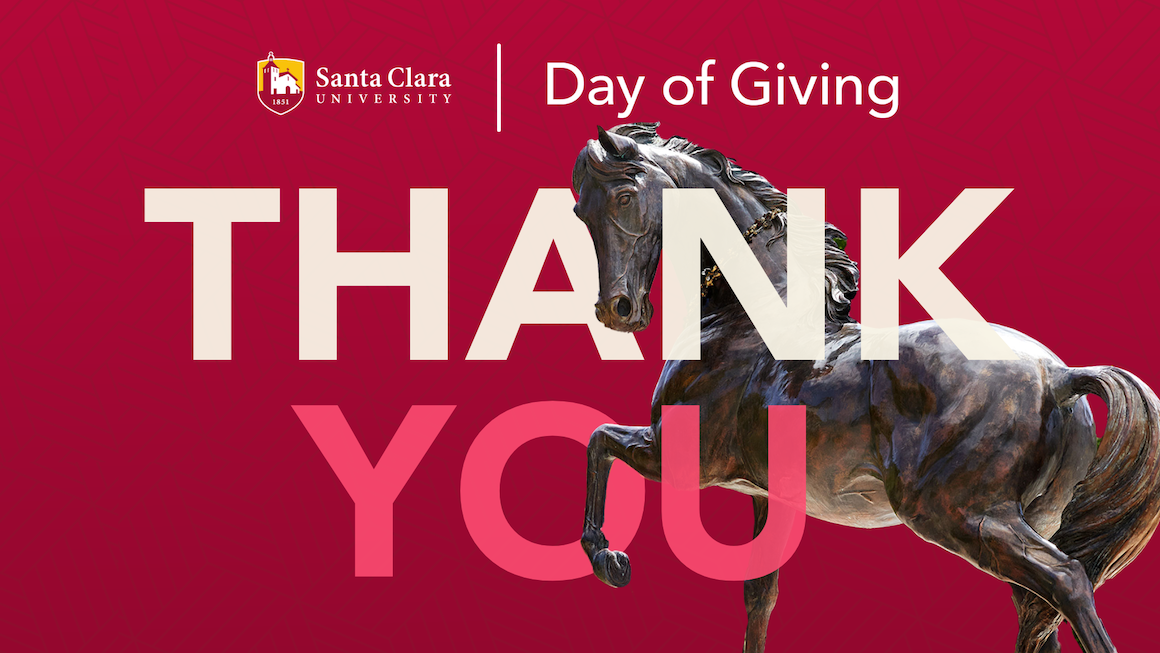How to Make Smart Volleyball Bets and Maximize Your Winnings

As someone who's spent years analyzing volleyball matches and placing strategic bets, I've come to appreciate that successful wagering shares surprising similarities with the beautiful game itself. Just like that perfectly executed rainbow flick in soccer—flashy, effective when timed right, but potentially disastrous if misused—volleyball betting requires understanding when to take calculated risks versus when to play it safe. I remember losing nearly $500 early in my betting career by chasing what seemed like a sure thing, only to learn that even 90% favorites lose occasionally. That painful lesson taught me more about probability than any textbook ever could.
The core of smart volleyball betting lies in balancing statistical analysis with game intuition. While many beginners focus solely on team rankings or player statistics, I've found that understanding team dynamics and recent performance trends often reveals hidden value. For instance, teams on winning streaks tend to be overvalued by bookmakers, while quality teams in temporary slumps present golden opportunities. Last season, I capitalized on this by betting against a top-ranked Brazilian team that had won 12 consecutive matches but was showing signs of fatigue. The odds were surprisingly generous at +210, and my $200 bet returned $620 when they lost to a determined underdog. These situations occur more frequently than most bettors realize—perhaps 3-4 times per month during peak season.
What separates professional bettors from amateurs isn't just knowledge but emotional discipline. I've seen countless bettors blow their entire bankroll chasing losses or increasing stakes after wins. My personal rule—one I've religiously followed for five years—is to never risk more than 3% of my total bankroll on a single match, no matter how confident I feel. This disciplined approach has allowed me to weather inevitable losing streaks while maintaining steady growth. The mathematics behind this is compelling: even with a 55% win rate at average odds of -110, proper bankroll management can generate consistent returns of approximately 15-20% monthly.
Another aspect many overlook is the importance of specialized knowledge. While casual bettors might bet on popular leagues, I've found tremendous value in lesser-followed competitions like the Korean V-League or Brazilian Superliga. The odds tend to be less efficient, and bookmakers frequently misprice matches due to insufficient information. Last year, I dedicated two months to studying the Japanese V.League, and this specialized knowledge helped me identify value bets that yielded a 38% return during that period. The key is developing what I call "information asymmetry"—knowing something the market doesn't.
Live betting presents particularly interesting opportunities for volleyball specifically. The momentum swings in this sport are more dramatic than in many others, creating situations where odds fluctuate wildly within short periods. I've developed a system for live betting that focuses on identifying momentum shifts rather than simply reacting to score changes. For example, when a team makes multiple substitution errors or shows visible frustration after lost points, their probability of losing the set increases significantly regardless of the current score. I've tracked this across 200+ matches and found that teams displaying two or more "frustration indicators" within a single set lose that set approximately 68% of the time, creating valuable live betting opportunities.
Technology has revolutionized how I approach volleyball betting. Beyond basic statistical analysis, I now use specialized software that tracks player fatigue metrics, serving patterns, and even subtle formation changes that might indicate strategic adjustments. This level of detail goes far beyond what's available to casual bettors. One of my most reliable indicators involves monitoring the service success rate of key players—when a primary server's success drops below 65% in critical moments, it often signals broader team issues that aren't reflected in the overall statistics.
Ultimately, maximizing winnings in volleyball betting comes down to continuous learning and adaptation. The market evolves constantly, and strategies that worked last season may become less effective as bookmakers adjust. I make it a point to review every bet I place—win or lose—and maintain detailed records of my reasoning versus outcomes. This practice has helped me identify personal betting biases and refine my approach over time. After seven years and thousands of bets, I can confidently say that the most valuable skill isn't predicting winners but recognizing when the odds don't reflect the true probabilities. That awareness, combined with disciplined execution, transforms volleyball betting from gambling into a skilled investment activity.


